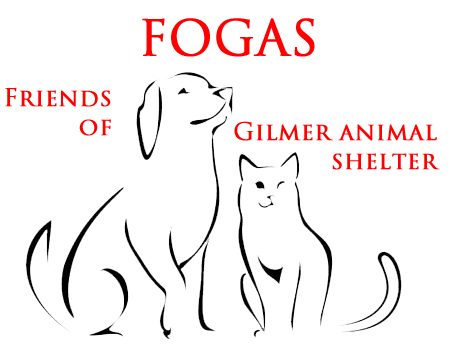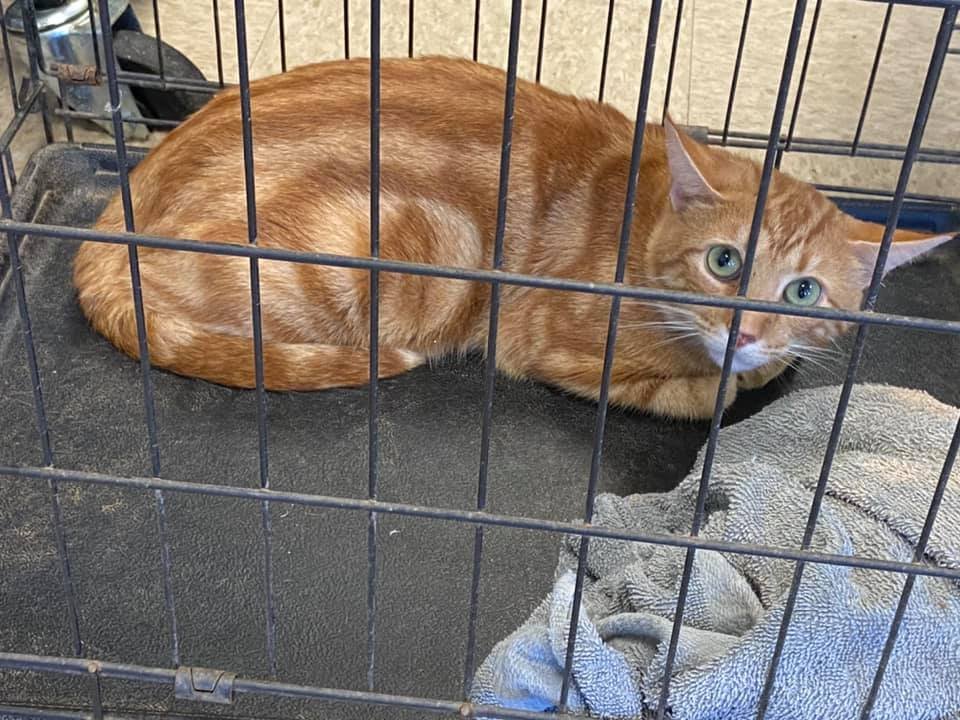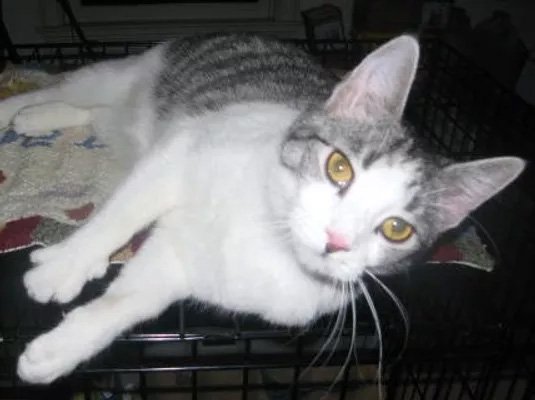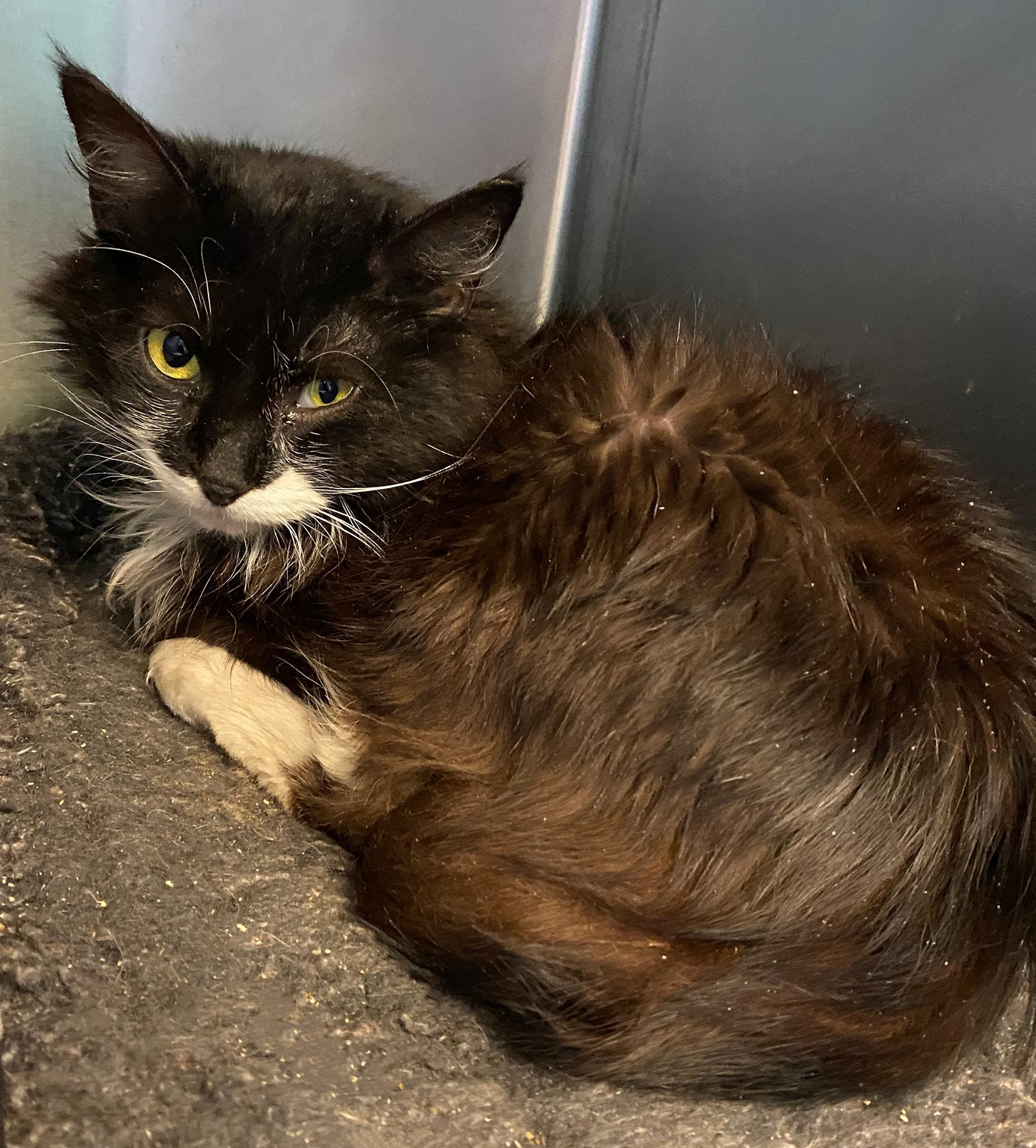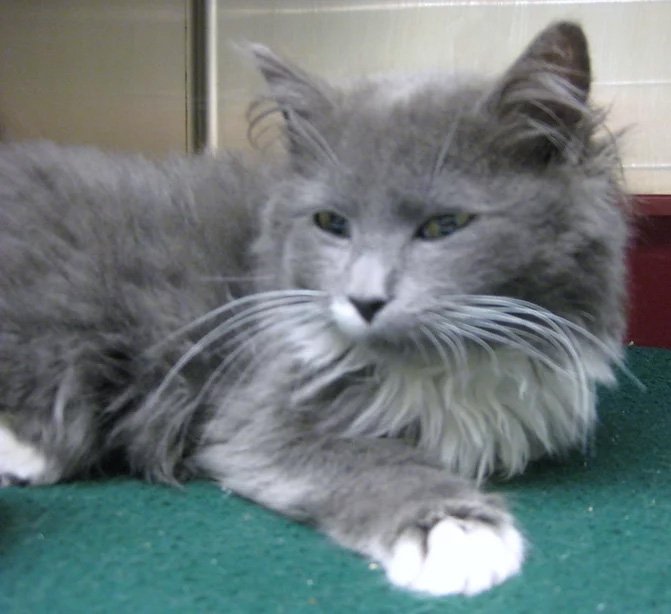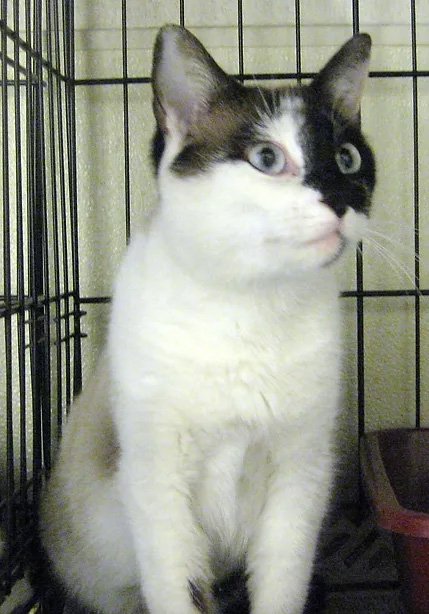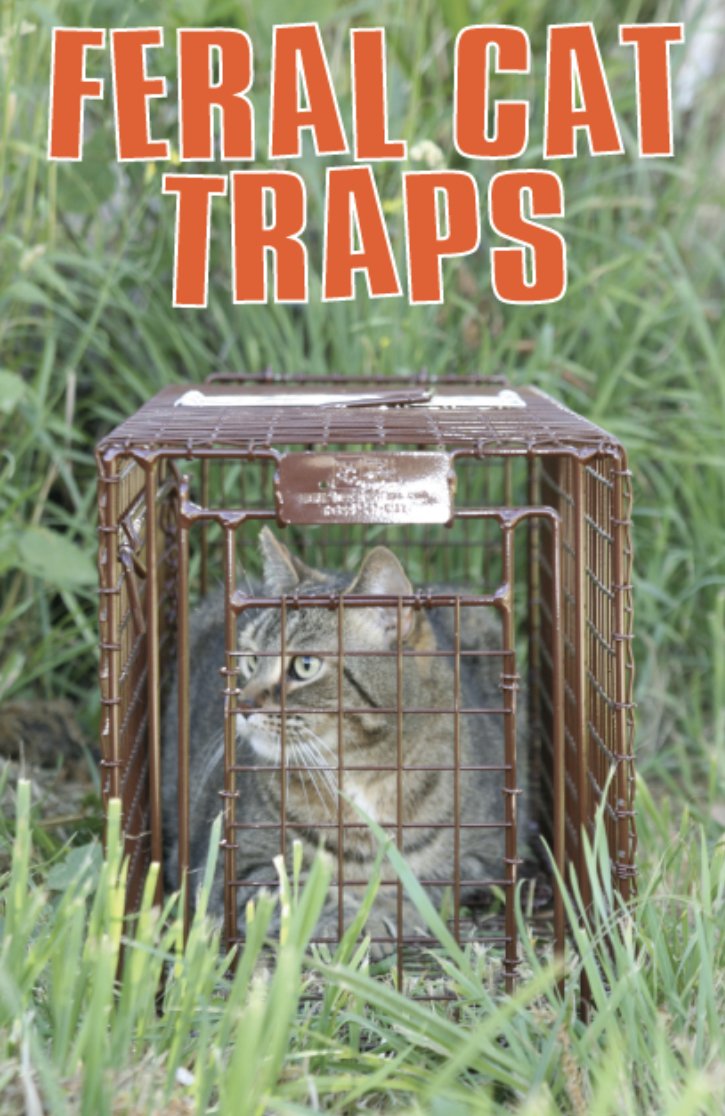
The Community Cat Program, also known as “TNR,” is the most humane and effective method known for managing Community Cats and reducing their numbers. The cats, who typically live together in a group called a colony, are trapped and brought to a veterinary clinic. They are then spayed/neutered, vaccinated for rabies, and eartipped. After they’ve recovered from their surgeries, the cats are returned to their original territory.
Space for this program is limited.
What is Community Cat Colony Program?
What is an Ear Tip?
An ear tip is a painless procedure done during the spay/neuter surgery. It is the universal symbol for a Community Cat that has been spayed or neutered. Ear-tipping allows people to tell from a distance whether a Community Cat has been spayed or neutered. That tipped ear saves the cat the stress of being trapped and anesthetized a second time. It does not affect their hearing.
Benefits of Community Cat Program
Ends nuisance behaviors from Community Cats such as fighting, spraying, and howling
Prevents repeated unwanted litters of kittens
Saves thousands of taxpayer dollars by keeping these cats out of county shelters
Rids neighborhoods and businesses of rodents and snakes organically. With a Community Cat on the premises, you will finally be able to do away with rat poisons, mouse traps, and dirty rodent droppings.
Studies prove that spaying and neutering Community Cats improves their overall health
This program is administered in coordination with Gilmer County residents, our spay/neuter partners and FOGAS funding.
Current contact information is via Facebook Messenger on the Friends of Gilmer Animal Shelter page,

"I can't keep her in a trap! That would be cruel!"
If you haven't heard this before, you have at least thought it. In a recent trapping, kind-hearted Norah was adament that the cat be transferred to a more comfortable carrier for her 24 hour wait for spay/neuter surgery. Her last trap-to-carrier transfer resulted in a nasty cat bite and a hospital visit. But she still felt that it was more humane to transfer the cat.
Carriers do appear more comfortable. So why do we recommend keeping cats in the traps while they wait for their surgeries?
1. The risk of bites or scratches is eliminated if the cat remains in the trap.
The CDC recommends confining a cat for 10 days after a cat bite for observation. In some areas this is the law! If the cat doesn't become ill in 10 days, they are declared rabies free and safe to release. Holding a feral cat for 10 days is stressful for the cat and the person holding him.
2. It is safer for veterinarians and staff. Anesthesia can be safely administered without handling the cat.
3. Post surgery observation is easier in a trap because the staff can easily see if the cat is recovering and breathing.
4. It is easier to keep the cat clean during recovery and holding because waste products drain out the bottom of the trap.
5. Traps are more secure than carriers during transport. If you use zip ties or carabiners to secure the trap, the cat will not escape.
6. Transferring the cat is stressful for the cat and may result in them associating this fear with humans instead of the trap itself. If you plan to socialize the cat, you want to minimize fearful interactions with humans.
So how can you keep the cat safe and comfortable in a trap?
- Cover the trap and place it in a quiet area where it is protected from the elements and curious humans.
- Raise the trap an inch or so off the surface so waste can drain.
- If you have to keep the cat for a few days, zip-tie two traps together to give the cat more room to move. This makes it possible to change bedding, feed and add a litterbox. *This only works with two door traps that have a guillotine-style back door. If you have a one door trap, use a trap fork before connecting the traps.
